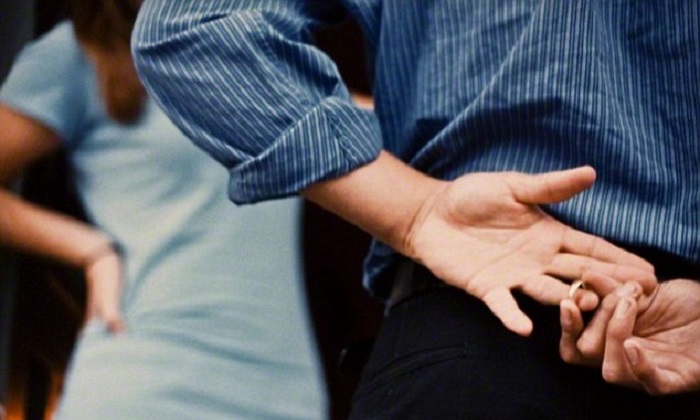Real reason some people end up with partners who are way more attractive

There are various theories for why people sort themselves out into similar pairs. One is competition: As individuals contend for the most desirable mates, they end up being constrained by their own characteristics. So someone who is just moderately attractive would love to end up with a supermodel, but competition from other good-looking people means they’ll probably end up with someone whose looks are on the same level. But there are other theories as well, for example, that people just prefer or are more likely to meet others who are more similar to them.
In a study published last year in the journal Psychological Science, researchers offered a fascinating explanation for when and where couples of mixed attractiveness are most likely to arise. The study`s psychologists, from the University of Texas at Austin and Northwestern University, asked 167 heterosexual couples how long they had known each other and whether they were friends before dating, and had a third party rate each persons’ attractiveness. They found that heterosexual couples who were friends before they dated were more likely to be rated at different attractiveness levels.
In general, the correlation between the man’s and the woman’s attractiveness ratings were relatively high, and those who met each other and started dating within a month had relatively similar levels of attractiveness. But the longer the couple knew each other before they started dating, the less likely they were to be matched for attractiveness. For couples who knew each for more than nine months before they started dating, the researchers found no significant correlation in their attractiveness.
The study also showed no correlation between the couples’ similarity in attractiveness and their relationship satisfaction. Past studies have produced contradictory results on this point, the authors say.
What is the reason for this effect? The researchers still stand by the “market” explanation – that in an environment where people compete for the best mate, they will tend to end up with someone with relatively similar characteristics to themselves. However, when the people get to know each other first, perhaps by being friends of friends, or studying at the same school, they learn unique information about other characteristics that may influence someone’s desirability – and thus form an opinion of their partner that is different from the pack.
“In contexts that allow people to develop divergent perceptions about each other’s positive and negative idiosyncrasies, the traditional trapping of market forces falls away, permitting individuals to seek mates on a more level playing field,” the researchers write.
There’s a twist: These kinds of relationships may be slowly in decline, as Alex Mayassi argues for Priceonomics. Data shows that fewer people these days are meeting their partners through friends, family, church or school – the kind of situations where you might learn something more about people’s unique abilities. Instead, more couples are meeting their partner through online dating or at bars and restaurants, where looks really do form first impressions.















































